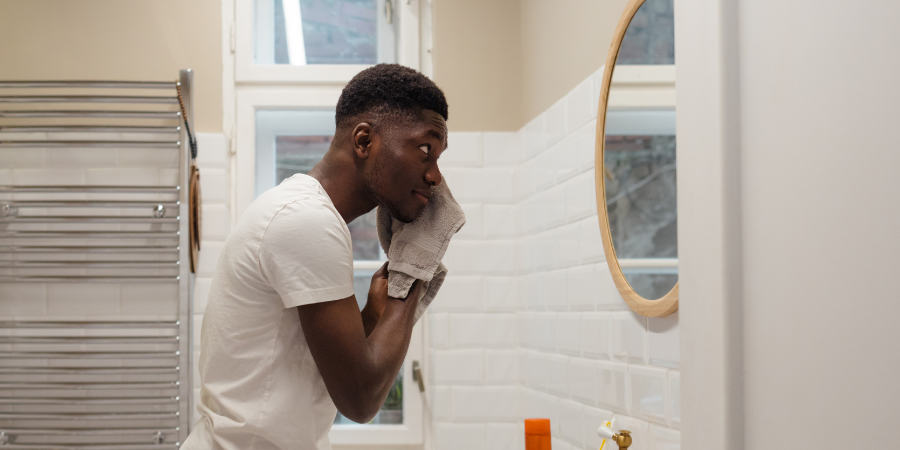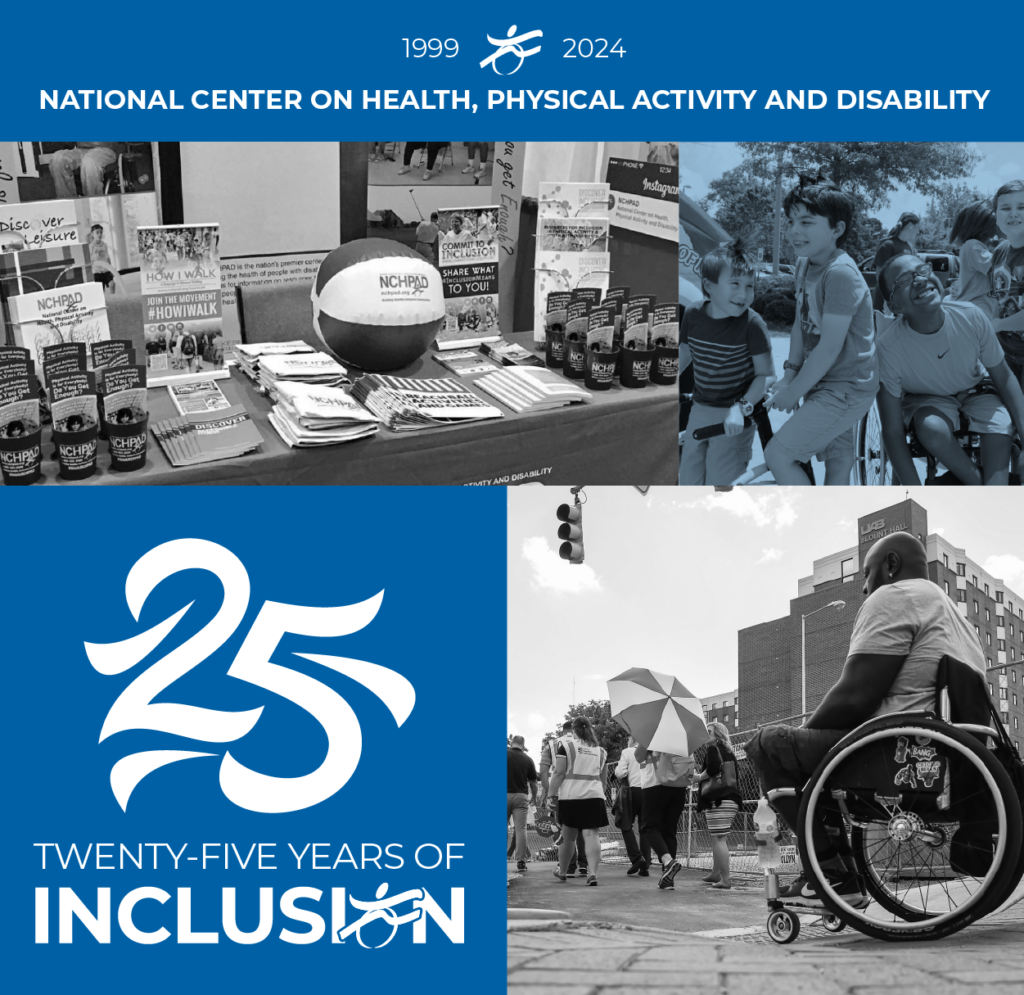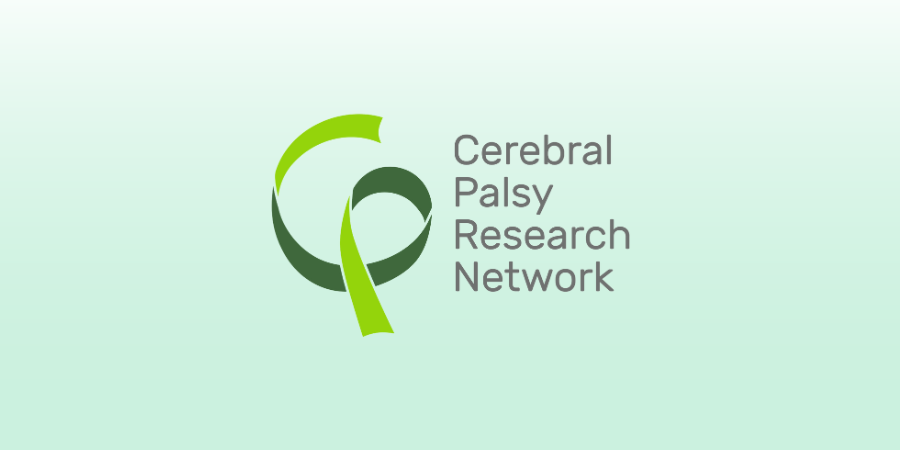E, the seventh letter in the MY SCORECARD acronym used in our MENTOR program, stands for exercise.
Exercise is highly effective in reducing the risk and severity of chronic conditions such as heart disease, cancer, diabetes, depression and anxiety.
Exercise offers significant benefits for both your physical and mental health. Even on days when you’re not motivated, a few minutes of exercise can boost your energy and improve your mood.
Challenges to getting regular exercise
Both people with and without disabilities face exercise barriers like lack of time and interest.
However, people with disabilities often encounter additional challenges, such as pain, fatigue, and depression, which may deter them from exercising due to fears of worsening their condition. Environmental barriers, such as poor transportation access, also make regular visits to fitness centers difficult.
We often assume everyone has easy access to exercise, but people with disabilities may require upper-body routines or modifications to lower-body exercises. Some gyms or exercise areas may not have proper adaptive equipment.
How much do you need?
The U.S. Physical Activity Guidelines recommend that adults get 150 minutes a week of moderate-intensity exercise. You can break this up into small increments throughout the week. Even 1 to 2 minutes of exercise counts!
A simple way to describe moderate-intensity exercise is to remember that while you’re exercising, you need to get to a point where you can still talk but that singing would not be possible. This can be achieved with many cardiovascular exercises, activities and sports, like walking, wheelchair rolling, cycling and swimming (among many others!). The main point is to get moving!
High-intensity interval training (HIIT) is one of the most effective and rapid methods for improving health. If you can handle higher intensity, increasing the challenge of your exercise is beneficial. However, it is very important to make sure that short HIIT sessions do not cause extended bouts of exhaustion or additional health issues.
In addition to simple cardiovascular exercise, strength training is also recommended twice a week for all adults. Those with chronic conditions or disabilities should also engage in moderate or higher-intensity muscle-strengthening activities targeting major muscle groups at least two days a week.
Making exercise accessible
Specialized exercise equipment can help people who use a wheelchair or those with a mobility limitation get effective moderate-intensity exercise.
The standard stationary exercise bike is one option, but there are variations designed for individuals with physical disabilities. An ergometer can be accessible to wheelchair users, as most ergometers use hand or foot pedals. Some arm ergometers feature removable seats for accessibility, and hand grips or foot straps can accommodate various levels of grip.
Strength is crucial for daily tasks such as transferring in and out of a car, dressing, climbing stairs and wheeling up ramps. Both heavy and lighter weights can be beneficial. Strength training can be done using bodyweight, free weights, portable equipment (like elastic bands) and machines.
What about when I don’t feel like exercising?
People with disabilities often experience secondary issues like pain or fatigue that can make them feel unwell and reluctant to exercise. Factors like poor sleep, stress, weather or other unknown reasons can contribute to a lack of motivation. However, exercising or even gentle movement can be beneficial, as it can alleviate some pain and fatigue.
Pushing through these feelings to engage in low-intensity activities like adapted yoga, stretching or light weights can often lead to improved feelings during and after the activity. Even a little bit of movement can contribute to this positive effect.
The acronym SELECT can help keep you motivated to stay physically active:
S is for Social Engagement.
Social interaction can support the maintenance of a regular exercise routine. Most people who consistently exercise do so with others, engaging in activities such as walking, tennis, golf, group aquatic exercises, dance and more.
E is for the Enjoyment Factor.
If an activity isn’t enjoyable, it’s likely to fail once the novelty wears off. To maintain motivation and interest, combine different fitness and recreational activities, such as yoga, pickleball and swimming, especially if you find it challenging to stick with exercise.
L is for Learning Something New.
Learning a new physical activity or enhancing an existing one in a social and enjoyable environment is highly rewarding for many and helps maintain long-term engagement. Golfers, tennis players, line dancers and others in similar groups frequently seek new skills to improve their performance. When choosing physical activities, opt for those where skills can be broken down into manageable steps, fostering a sense of learning and achievement.
E is for Exploration a Key to Discovery.
People who hike or cycle enjoy exploring new trails or roads for hours without getting bored or tired. Their strong commitment to exercise is linked to the pleasure of discovering new surroundings, even on familiar routes. Similarly, mall walkers stay engaged by browsing stores and seeking sales, enjoying the sensory stimulation of the mall. This low-intensity activity is superior to remaining sedentary at home near food, TV or computer screens.
C is for Competition (Friendly Competition).
Elite athletes aren’t the only ones motivated by sports. Many people enjoy challenging themselves. This can be done by beating personal exercise records or competing in groups against others. Competition can push individuals to perform their best and offer a strong sense of achievement. Consider engaging in friendly competitions by setting exercise goals or trying a new sport with others.
T is for Task Completion.
High responders to exercise are often termed “task completers” because they enjoy checking items off their list. Common tasks include daily exercise and chores. Marking something off a checklist can be satisfying and may boost motivation to achieve more, helping to integrate these tasks into your daily routine.
Additional Resources for Exercise
You can check out our home workout playlist on YouTube with adapted exercises for people with disabilities that can be done anywhere!
Participate in adapted exercise classes and get fitness guidance in the NCHPAD MENTOR (Mindfulness, Exercise, Nutrition to Optimize Resilience) program! MENTOR is our 8-week program focusing on physical, mental and emotional health for individuals with an existing disability or a recent diagnosis.
If you’re searching for specialized recommendations or resources, our team of expert inclusion specialists is here to help! You can contact our EIS team through the NCHPAD Call Center. Our Call Center team works with individuals to enroll them in NCHPAD Connect, answer questions about programs or connect them to an EIS for community resources and technical assistance. Our EIS expertise is always free and available 7 a.m. – 7 p.m. Monday-Friday.
To contact the NCHPAD Call Center, call 866-866-8896 or email nchpad@uab.edu.
















